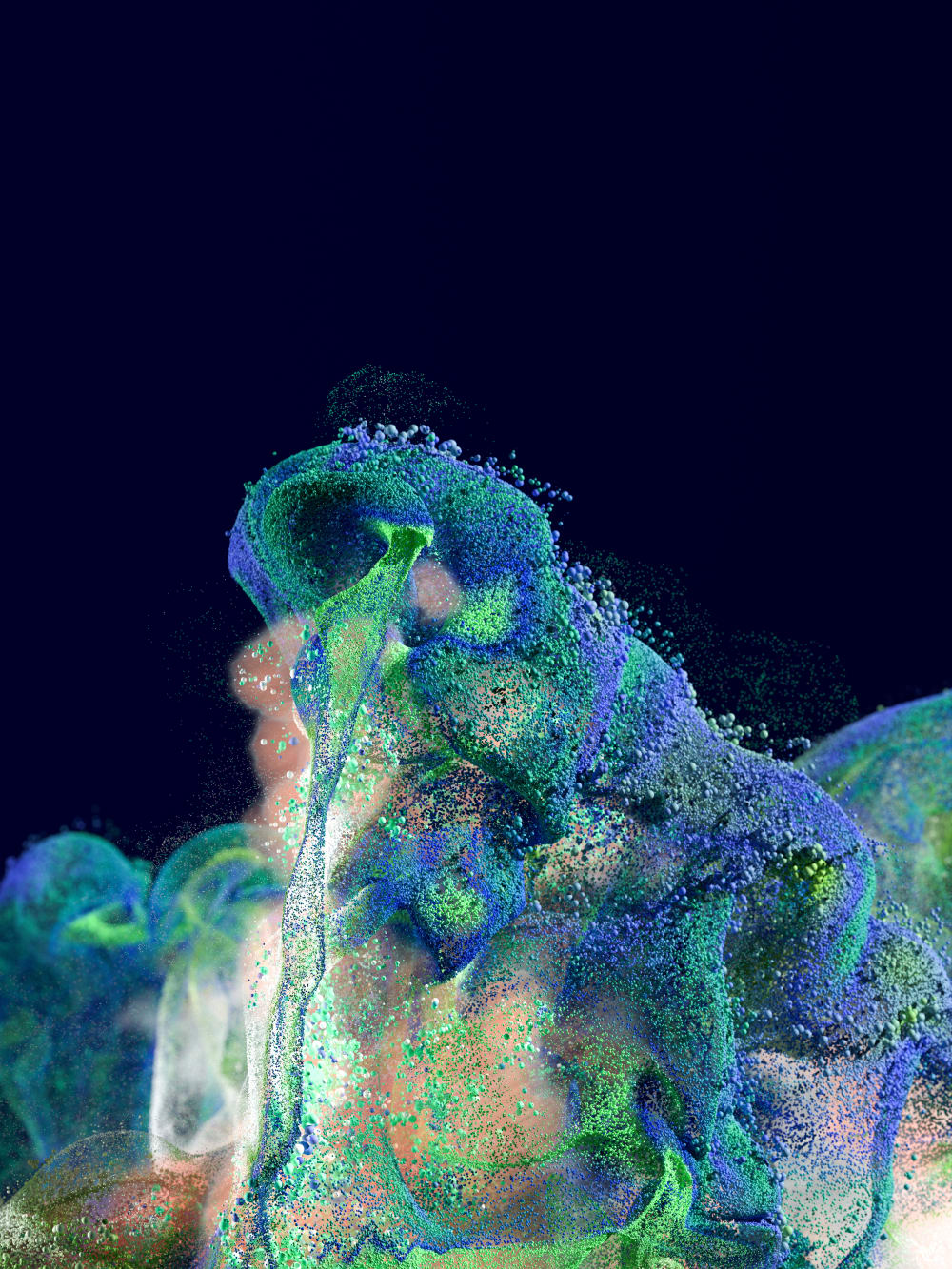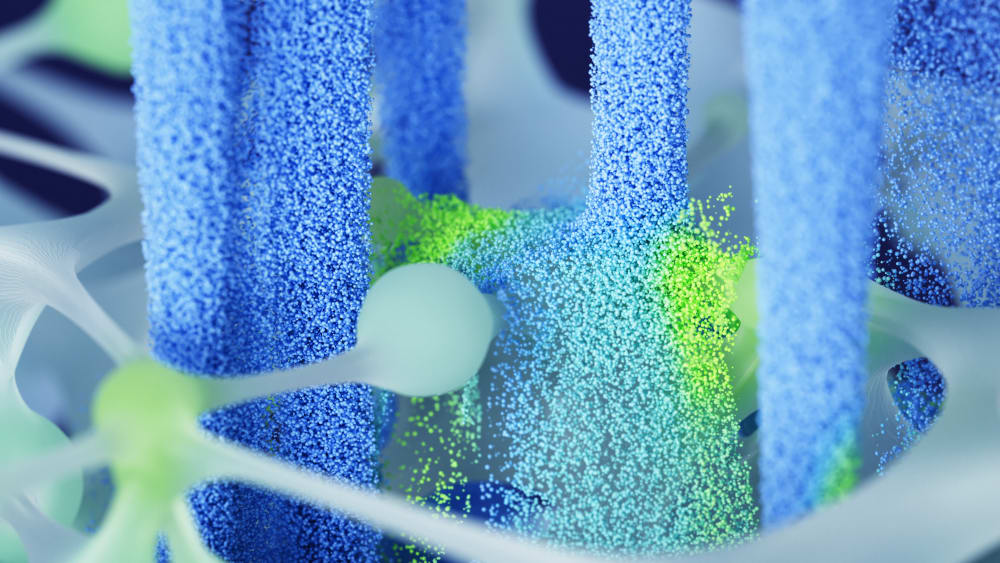Technologies
Establish a future of great science with BUCHI's state of the art, automated, and easy to use technologies based on decades of laboratory experience.
Chromatography
The chromatography technique is one of the most powerful methods for separating a sample, such as a synthesized mixture or a biological crude extract, into its single components.

Steam Distillation
Steam distillation is a separation process used to isolate compounds for quantification, such as ammonia originating from proteins.

Rotary Evaporation
The distillation process is used to remove volatile solvents from liquid mixtures through vaporization and subsequent condensation. In the lab, chemists and biochemists frequently use the distillation process and the rotary evaporator.

Spray drying
As market leader in lab spray drying, we have many years of experience and can offer comprehensive support for lab-scale particle formation in pharma, chemistry, and food R&D.
NIR
NIR is a spectroscopic method for fast and non-destructive analysis of various parameters simultaneously. It is applied along the whole production process from incoming inspection to final product control.
Freeze drying
Freeze Drying removes solvents from materials via sublimation. A reliable and sophisticated instrument is a Must-have to fullfill various applications and process efficiency.
(Micro-)Encapsulation
Encapsulation is used to protect substances or control their delivery. In the encapsulation process, a target substance is coated in a protective but permeable layer. It is even possible to encapsulate living materials such as cells. Microencapsulation can deliver capsules on a microscopic scale and has numerous life sciences, medicine, and food production applications.
There are various encapsulation methods. Classic procedures are pan coating encapsulation or encapsulation via centrifugation. More controllable results are obtained by spray drying using a vibrational nozzle. In this method, controlled vibrations are applied to a laminar flow through a nozzle, which generates even-size capsules and allows various coatings.
BUCHI encapsulation applications
Solid-Liquid Extraction
There are various methods for solid-liquid extraction. For many applications, the most elegant and efficient is Soxhlet-Extraction. It allows for the continuous extraction of a sample by ongoing distillation of the solvent. For this, the solid sample is placed into a thimble above the solvent. The solvent is evaporated and then condensed again in a condenser above the thimble. It flows down into the thimble, where the extraction takes place. Once the thimble is full, the extract is siphoned back into the solvent container. The solid sample can gently and continuously be extracted with fresh solvent. The entire process can be fully automated with BUCHI's range of extraction instruments.
Melting Point Determination
Melting Point determination is one of the oldest methods used, primarily, to analyze the purity of a substance. It remains one of the most simple checks for purity even today. Based on the fact that every chemically pure (solid) substance has a well-defined melting temperature. The less pure a substance is, the more the melting temperature is lowered.
Melting point determination is straightforward: A sample is heated slowly, and the sample temperature is observed. However, this process is very time-consuming; therefore, BUCHI has entirely automated the process with dedicated melting point instruments. They offer visual inspection of the process and specific methods/programs for various substances. It is also possible to record the critical phase transition for subsequent analysis.



